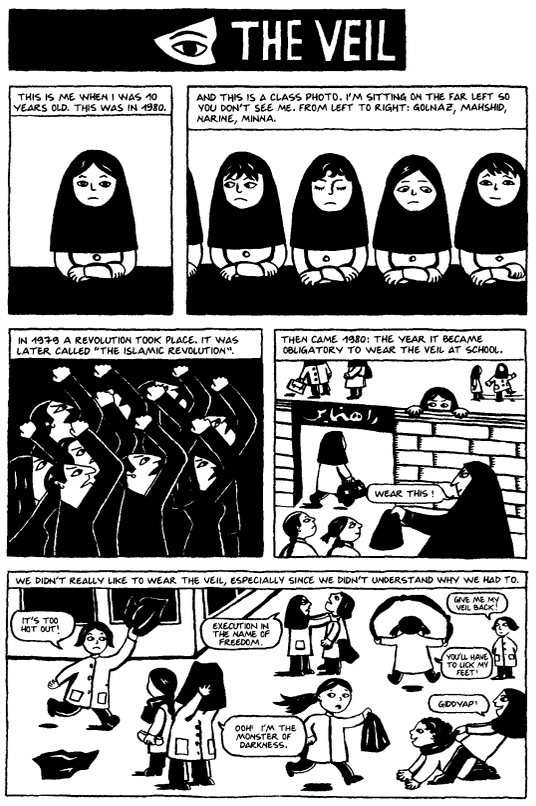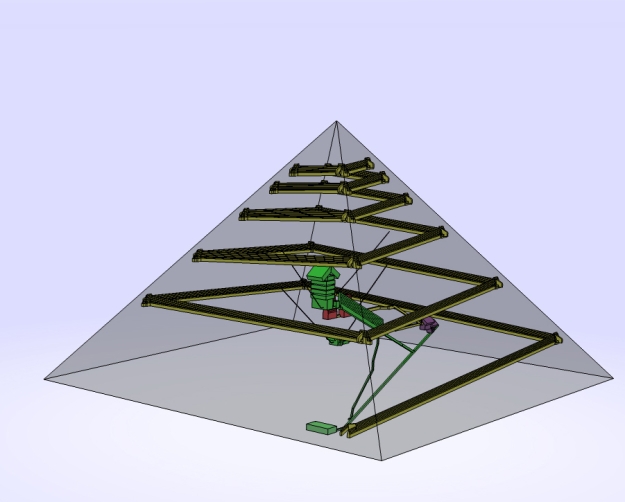April 2003 – April 2005
We’re now taking history at the rate of around two years a day, getting close to one year a day on December 31.
After the American-led invasion of Iraq, it took more than eight months before Saddam Hussein, the former dictator of the country, was captured, on December 13, 2003. Tracking down Saddam was less a matter of deploying cutting-edge super-technology, and more a matter of rediscovering basic social anthropology. Here is a news story on the topic.
The gist is that two junior American military intelligence analysts began with a long list of about 9,000 names. They gradually narrowed this down to a “Mongo List” (it’s classified) of about 300 people, tightly interconnected by blood and marriage, who were involved in the resistance and connected with Saddam. Rounding up and interrogating central figures on the list ultimately led to Saddam himself. This approach was successful because Saddam’s immediate power base was his clan and kin.
In previous blogposts we have considered how different Eurasian civilizations developed different compromises between state power, established religion, and patrilineal clans. In the Middle East, clan-based politics have continued to be important right up to the present. In China, a millennia-old tradition of patriarchal clan authority was violently assaulted in the course of the Communist Revolution. In Europe, the move away from clan-based politics came much earlier. The decline of royal and aristocratic rule in nineteenth and twentieth century Europe and the rise of mass politics further weakened the rule of the clan (except insofar as the nation itself operated as a kind of imagined kin group). Hence the contrast between Saddam Hussein’s Iraq, and Western Europe’s premier Evil Dictatorship: compiling a “Mongo List” of 300 of Hitler’s closest relations by blood and marriage wouldn’t get you far in understanding Nazi rule.
Here’s a valuable book on The Rule of the Clan, still relevant to the present.










